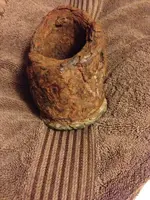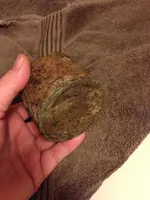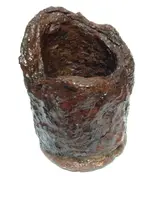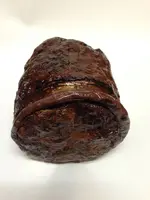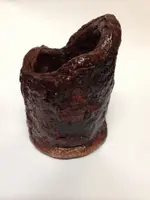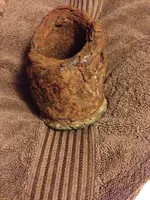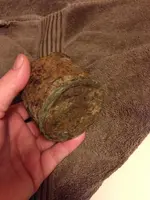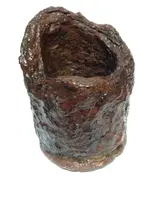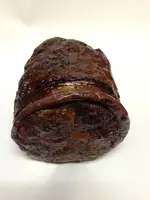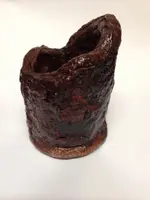Cold Digger
Jr. Member
On the left is a lead cap? Then a brass piece, brass strip in the middle, 2 three ringers and I believe a sharps and a spent cartridge. On the right is a iron piece I think may be part of a case shot or something. It has a copper ring around the bottom. It's approx 2 and 3/4 " in diameter. It's in pretty bad shape. Not sure if I'm close or way off on these. Dug at a CW site in Louisiana. Thanks
Attachments
-
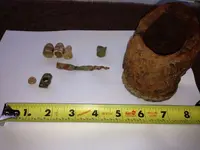 image-2280843805.webp36.5 KB · Views: 129
image-2280843805.webp36.5 KB · Views: 129 -
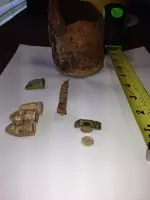 image-417579626.webp21.9 KB · Views: 120
image-417579626.webp21.9 KB · Views: 120 -
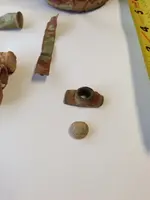 image-2744722140.webp14.3 KB · Views: 114
image-2744722140.webp14.3 KB · Views: 114 -
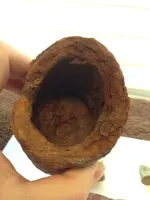 image-3461346912.webp25.8 KB · Views: 121
image-3461346912.webp25.8 KB · Views: 121 -
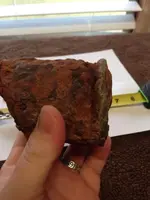 image-1244401163.webp30.9 KB · Views: 108
image-1244401163.webp30.9 KB · Views: 108 -
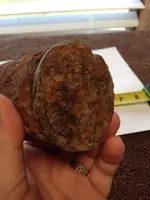 image-2269417564.webp33.9 KB · Views: 113
image-2269417564.webp33.9 KB · Views: 113 -
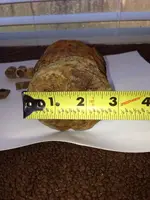 image-506311695.webp53.6 KB · Views: 110
image-506311695.webp53.6 KB · Views: 110 -
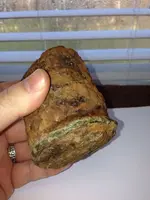 image-3573995867.webp37.5 KB · Views: 106
image-3573995867.webp37.5 KB · Views: 106 -
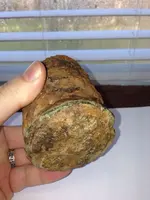 image-2240952758.webp44 KB · Views: 104
image-2240952758.webp44 KB · Views: 104 -
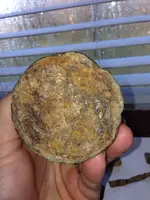 image-3005477536.webp56.9 KB · Views: 109
image-3005477536.webp56.9 KB · Views: 109 -
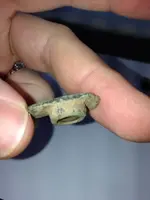 image-594613155.webp19 KB · Views: 113
image-594613155.webp19 KB · Views: 113

